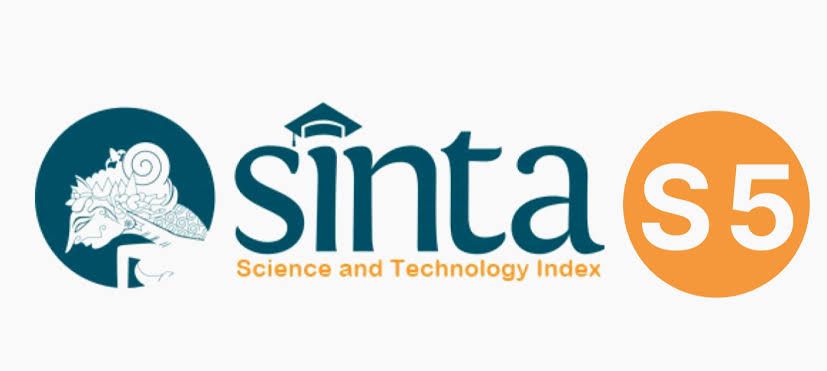Burst fracture Th 9-10 treat with Transthoracal Corpectomy and stabilization: A Cases Report
DOI:
https://doi.org/10.32734/aanhs-j.v1i2.1032Keywords:
BURST FRACTURE, SURGERY, TRANSTHORACAL CORPECTOMY, STABILIZATIONAbstract
Abstract. Spinal fracture and dislocation are among the most feared injuries by patients and physicians alike, as the consequences can be devastating, ranging from mild pain and discomfort to severe paralysis and even death. Spinal trauma is commonly found in patients admitted to level-one trauma centers after serious accidents like traffic, falling, and sports accidents.Injuries of the cervical spine account for one third of spinal fractures and half to two thirds of all spinal cord injuries.In the thoracolumbar spine, the most common unstable fracture is the burst fracture. Altogether, burst fractures have been reported to account for about 15% of spinal injuries.Incidence of burst fractures peaked at the thoracolumbar junction and between levels T5 and T8. In 10% of cases,more than one burst fracture was seen, thereof 53% on noncontiguous levels. Main accident mechanisms were falls, traffic, and sports. Neurological deficit was highest in patients with burst fractures of the cervical spine, independent of accident mechanism, and lowest in thoracolumbar junction fractures. Burst fractures occur frequently in high energy traumas and are most commonly associated with falling and traffic accidents.Multiple burst fractures occur in 10% of cases, half thereof on noncontiguous levels.Access to the anterior thoracic spine via the transthoracic approach (via thoracotomy) can be used for decompression and fusion. To perform adequate decompression and stabilization of the thoracic spine, obtaining good exposure is a must. Preservation and protection of the vascular structures in the thoracic cavity is the key to such an exposure. Preoperative workup should include imaging modalities (plain rontgens, MRI/CT scan) to specifically define the area of decompression. If a tumor is being evaluated, CT angiography and embolization are helpful in preoperative planning. Assistance by a thoracic surgeon for exposure is highly recommended.
Downloads
Downloads
Published
How to Cite
Issue
Section
License
The Authors submitting a manuscript do understand that if the manuscript was accepted for publication, the copyright of the article shall be assigned to AANHS Journal.
The copyright encompasses exclusive rights to reproduce and deliver the article in all forms and media. The reproduction of any part of this journal, its storage in databases and its transmission by any form or media will be allowed only with a written permission from Asian Australasian Neuro and Health Science Journal (AANHSJ).
The Copyright Transfer Form can be downloaded here.
The Copyright form should be signed originally and sent to the Editorial Office in the form of original mail or scanned document.














